Laminitis or Founder, Two terms that are often used interchangeably, but do you know the difference?7/7/2015 Published in Saddle Up Magazine July 2015 The terms Laminitis and Founder are often used interchangeably by vets, farriers, trimmers and horse owners alike, however in my opinion they have two very different meanings. Laminitis is the inflammation of the sensitive lamina surrounding the coffin bone. This includes the sensitive lamina, found along the front and sides of the coffin bone, as well as the solar corium which is found on the bottom of the coffin bone. The sensitive lamina is the vasculature covering the coffin bone and it has nerves and a blood supply. The insensitive lamina is located on the inside of the hoof wall and has no blood supply or nerves and is semi-rigid in structure. The sensitive and insensitive lamina interlock like Velcro. This connection of the lamina supports the coffin bone’s position within the hoof. There are two kinds of Laminitis, Acute and Chronic (Founder). Acute Laminitis is when the sensitive lamina becomes inflamed and the blood vessels swell. This causes pain because they are interlocked between the leaflets of the insensitive lamina that are semi-rigid and this connection doesn’t leave room for swelling. The solar corium can also become inflamed during the acute phase and cause bruising and eventually abscessing. A horse with acute laminitis will be extremely tender in their hooves, reluctant to move forward and often adopts a rocked back stance. Acute laminitis will usually last 2-5 days, and must be diagnosed by your veterinarian, who will also likely provide short term anti-inflammatories and care instructions. They should also work in conjunction with your farrier/trimmer to try and alleviate hoof pain and prevent further damaging the hoof. You must figure out what triggered the laminitic attack in the first place in order to prevent it from happening again. There are many causes for acute laminitis, some of the common ones are: carbohydrate overload (excess grain, green grass), hormonal changes (mares cycling in the spring), excess concussive forces (increased work on hard ground), over trimming, adverse reaction to medications, systemic infections, and stress. Chronic Laminitis or Founder as it is typically called, is the rotation and or sinking of the coffin bone within the hoof capsule. A horse can have acute laminitis and not founder if the triggers are removed quickly enough and the lamina heals. However, if the cause for the laminitis is not removed and the hooves are not properly trimmed and protected the horse can continue to suffer damage to the sensitive lamina which eventually lets go of the connection with the insensitive lamina, allowing the coffin bone to rotate and sink within the capsule. Whether it rotates one degree or ten, any rotation or sinking at all is classified as founder. Once the lamina separate they cannot be immediately reattached, but the connection can be regrown down from the coronary band as new hoof wall grows in. You will have to work closely with your farrier/trimmer in order to allow the hoof wall to grow in well-connected again, and often a shortened trimming cycle is necessary. It is a long process to rehabilitate a foundered hoof but it is possible.
Founder is very common, and many horses live and even compete on foundered hooves without their owners knowing it. It’s not until these “timebomb” hooves eventually cause lameness that owners become aware. This is why education and knowledge become so important to the horse owner. Learn to understand what you are looking at when examining your horse’s hooves and how to evaluate their hoof health to prevent and avoid these types of problems in the long run.
0 Comments
Leave a Reply. |
AuthorKristi Luehr is a barefoot trimmer/farrier, author, and founder of the Okanagan School of Natural Hoof Care. She is certified by the Canadian Farrier School as well as the Oregon School of Natural Hoof Care, and also has certification in equine massage and dentistry. Her focus is to educate owners about hoof anatomy, function and proper barefoot trimming that supports and grows healthy and functional hooves specific to each horse's individual needs. She is the author of three online courses specific to hoof care and is always striving to create more educational content for students to learn from. Archives
May 2024
|
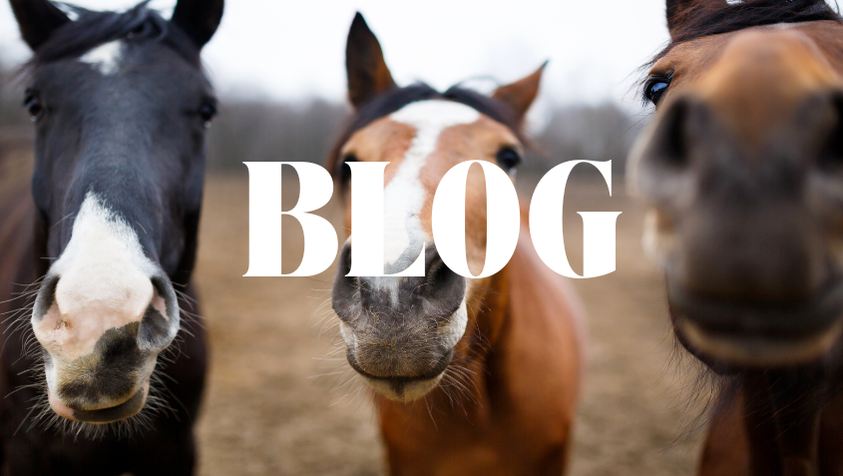
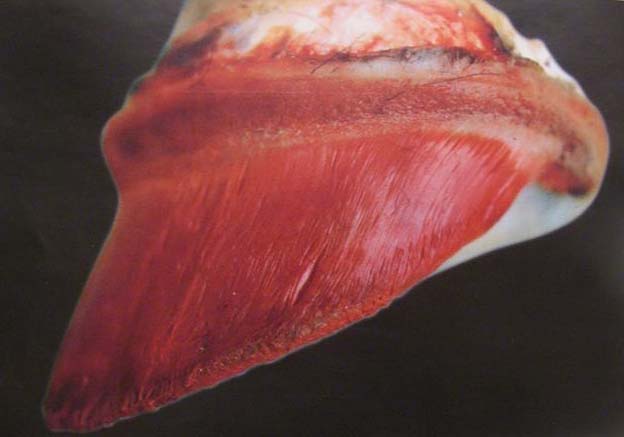
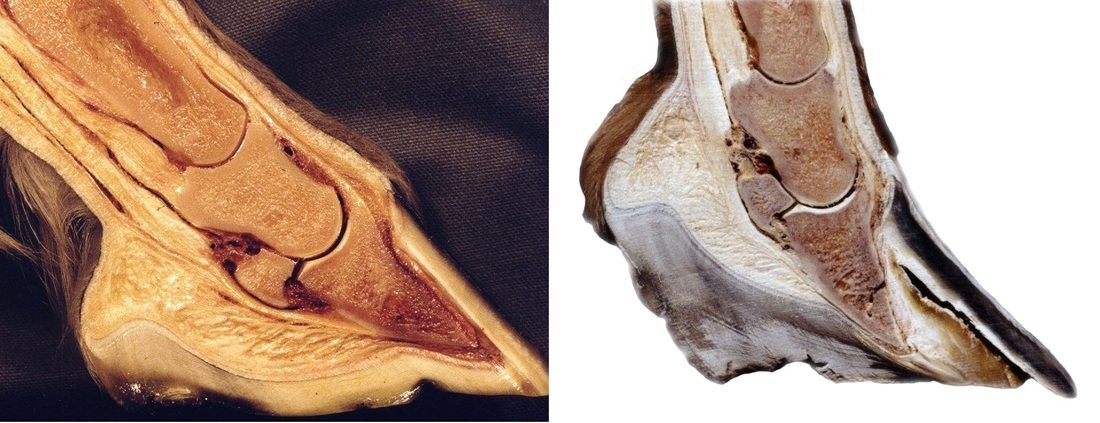
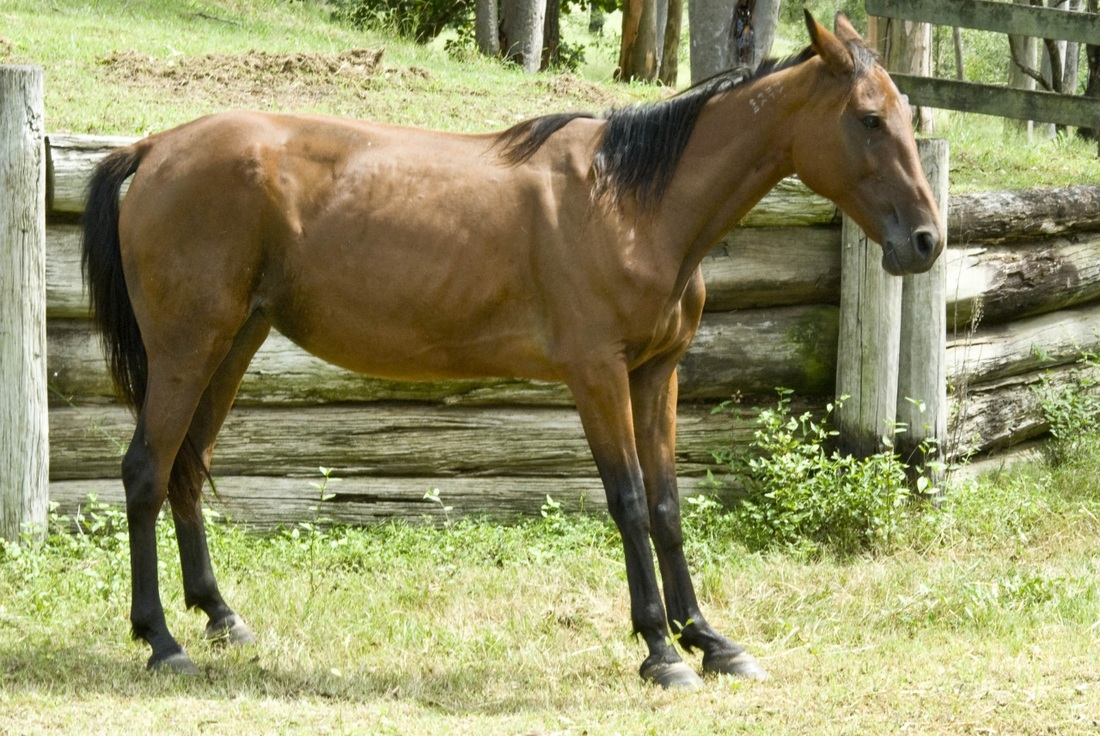
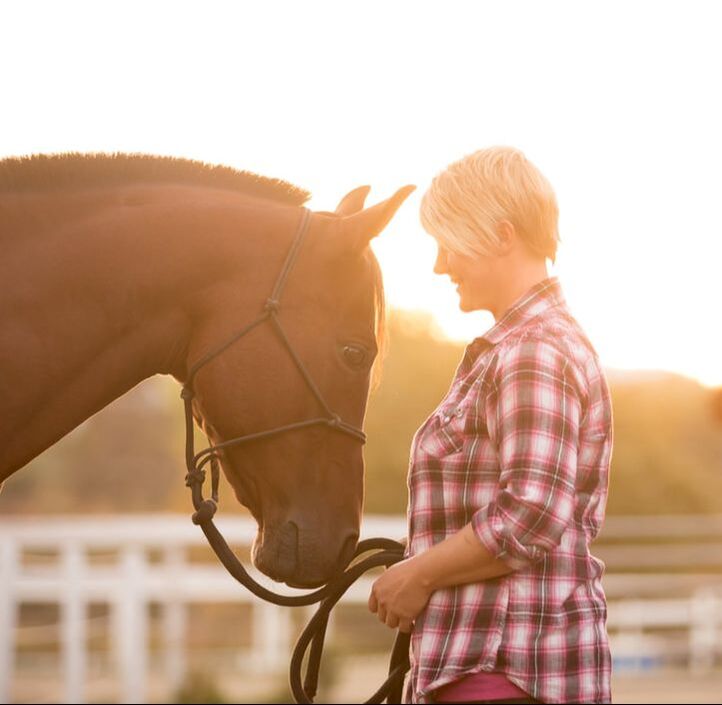
 RSS Feed
RSS Feed
